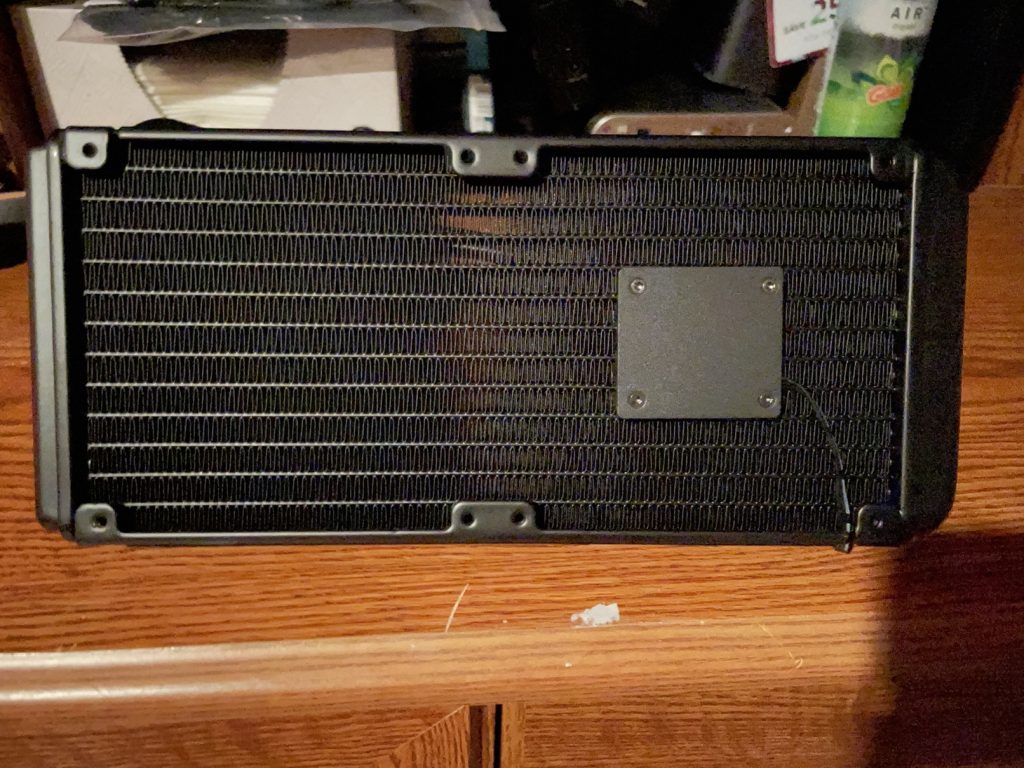
Since I had to replace my liquid cooler, I thought I’d make a blog post on how it works. There is a huge correlation between water cooling a PC and an engine.
Vehicle Cooling
Here is a car cooling system diagram. I stole it from the internet. I bet they never know…
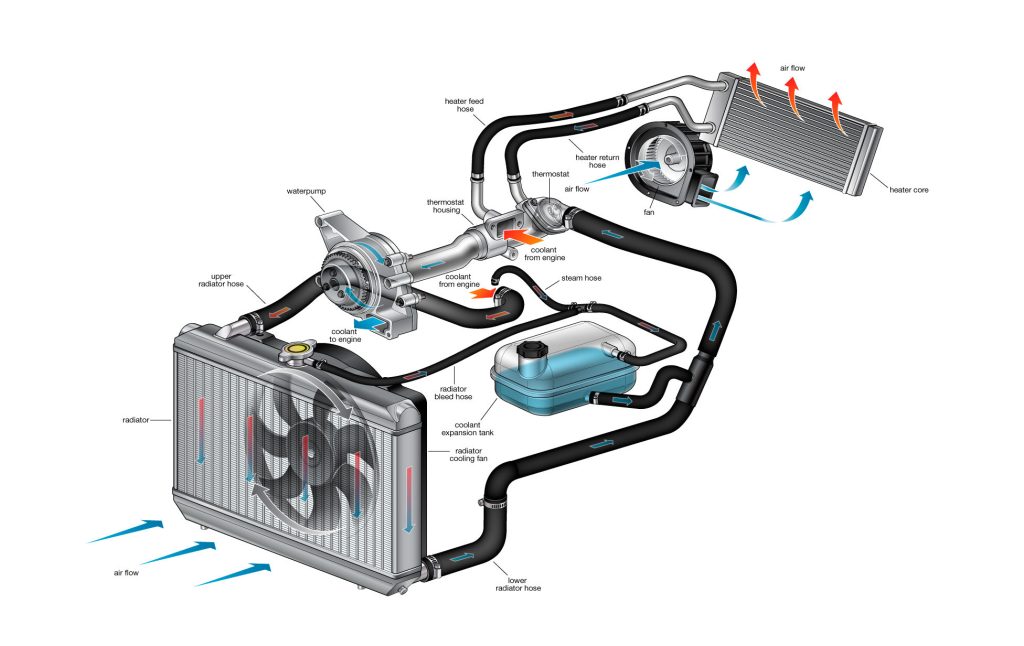
You have the following parts (neglecting the heater core and thermostat) that are also found in PC liquid cooling:
a) radiator
b) fan
c) water pump
d) reservoir
e) hoses
How this works is (in very simplistic terms) –
The water pump is responsible for maintaining the flow of coolant in the system.
Cool coolant leaves the top of the radiator passes through the water pump.
The coolant is delivered to the parts of the engine that need cooling and then returns to the radiator to be cooled down by both the radiator and the fan that blows cool air into the radiator.
PC Liquid Cooling

This is a liquid cooler radiator. This design has thee water pump in the radiator. Most do not. Most have them combined with the water block. This is an MSi liquid cooler. This is equivalent to the water pump and radiator from the car cooling system.
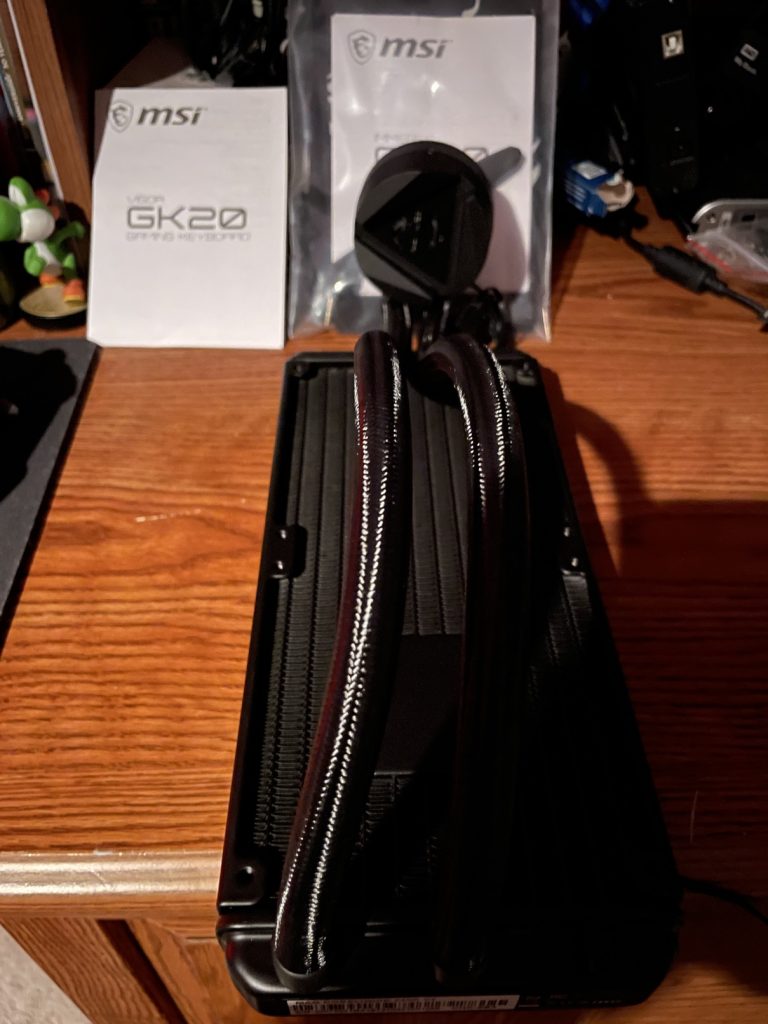
These are the radiator hoses. One has cool liquid going to the CPU block and the other had warm liquid after it has passed by the CPU. These are equivalent to the hoses in the car cooling system.
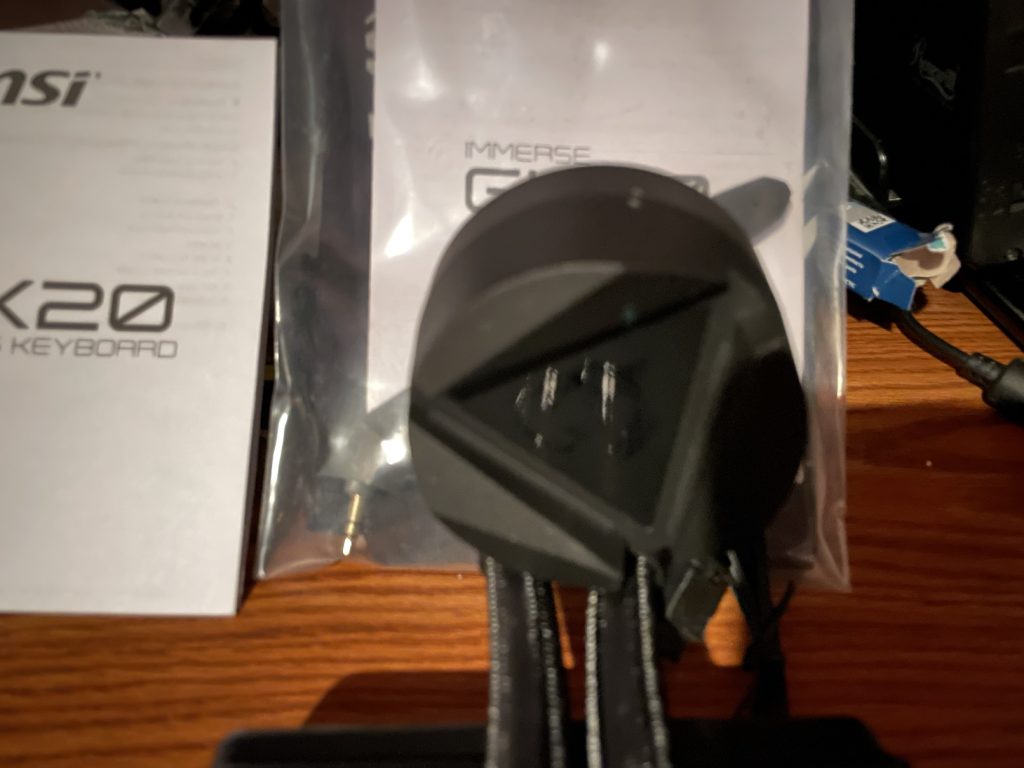
This is the CPU block. The is what the liquid cooler is designed to cool. In a car, I am not sure what parts are cooled as I am not a mechanic, but the cooling system is important to a car. If it overheats, the car will fail to run. If a CPU overheats, the PC will shut down and fail to run.

These are the fans. They push (or pull) cool air through the radiator to cool the liquid down. Same with a car. It has a giant fan to push cool air through the radiator to cool down the coolant.
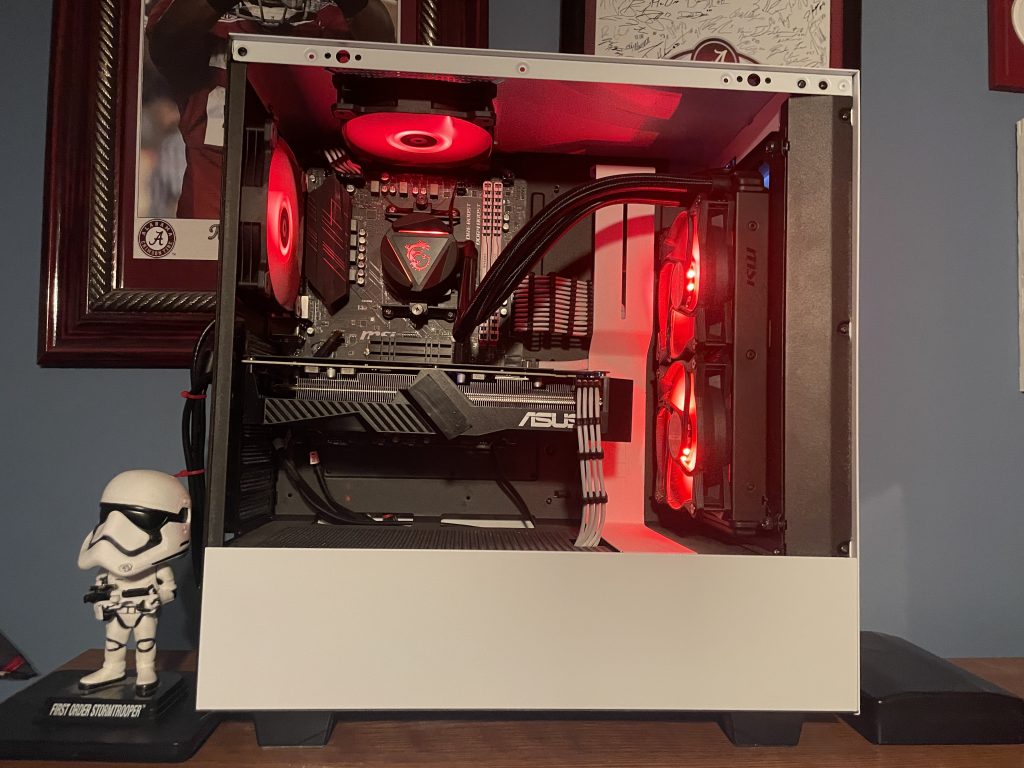
You can see in this picture of my PC where the block is on the CPU, the hoses going to the radiator where the fans are pulling air in to help cool down the liquid and the pump located in the radiator is controlling the flow of liquid through the system.
That’s it for a closed loop liquid cooler. What I mean by closed loop is that the only parts that are replaceable are the fans. The loop is closed as the pump, the hoses, and the radiator are all connected together and cannot be disassembled and replaced. The advantage is the ease of installation. The disadvantage is that if any part dies, then the entire system has to be replaced.
An open loop cooling system works basically the same way, but it is constructed very differently. They are also called custom loops. You have to buy a pump, water blocks for CPU and GPU that you want to cool. You have to buy the reservoirs, the tubing (hoses) and the fans. Then you have to as assemble it. The advantage is that if any part fails, it can be replaced. The disadvantage is knowing how to install because it not straight forward like a closed loop cooler.
I hope that you learned something from this post. I hope that I didn’t lose your attention by either being too technical or not technical enough.
Until the next one…


